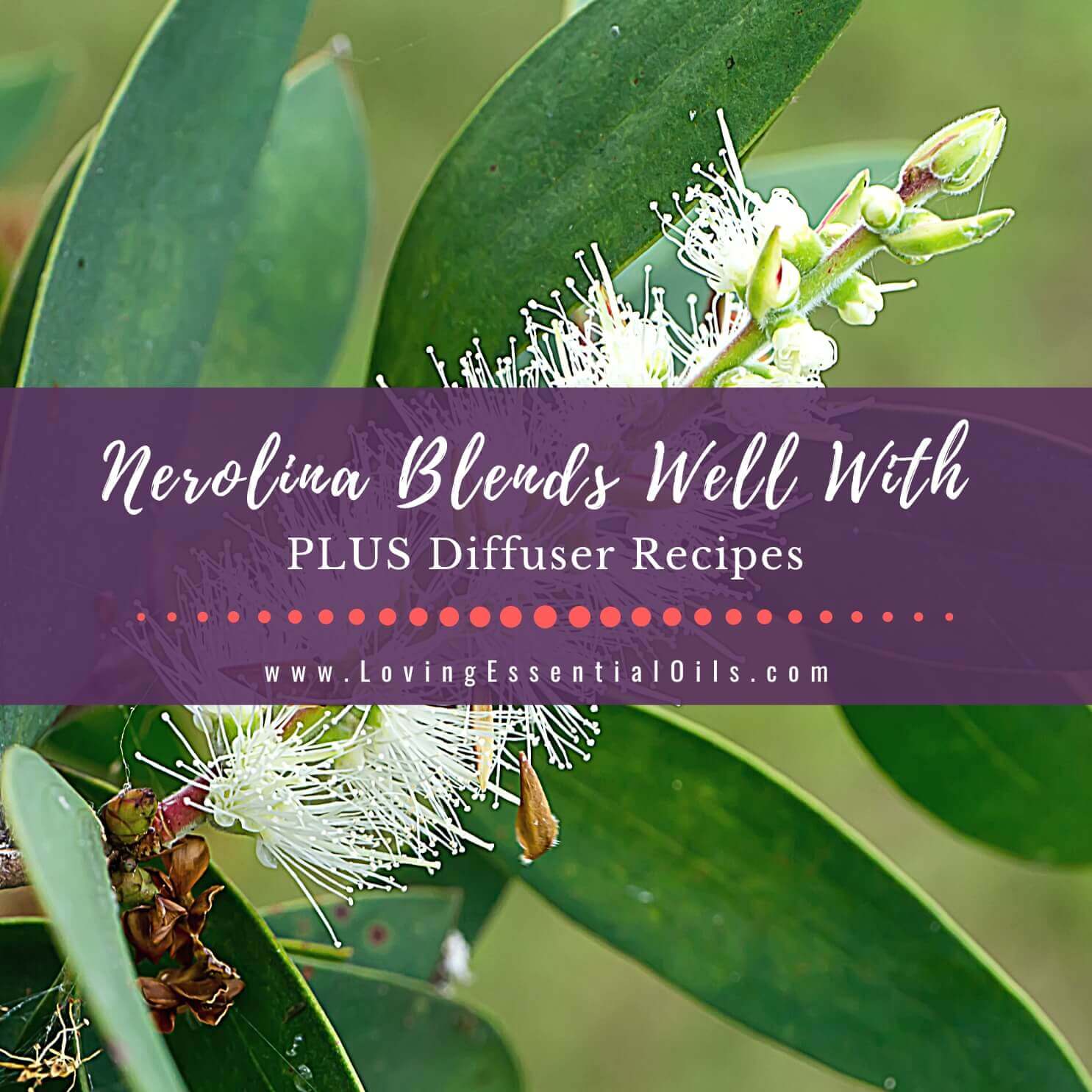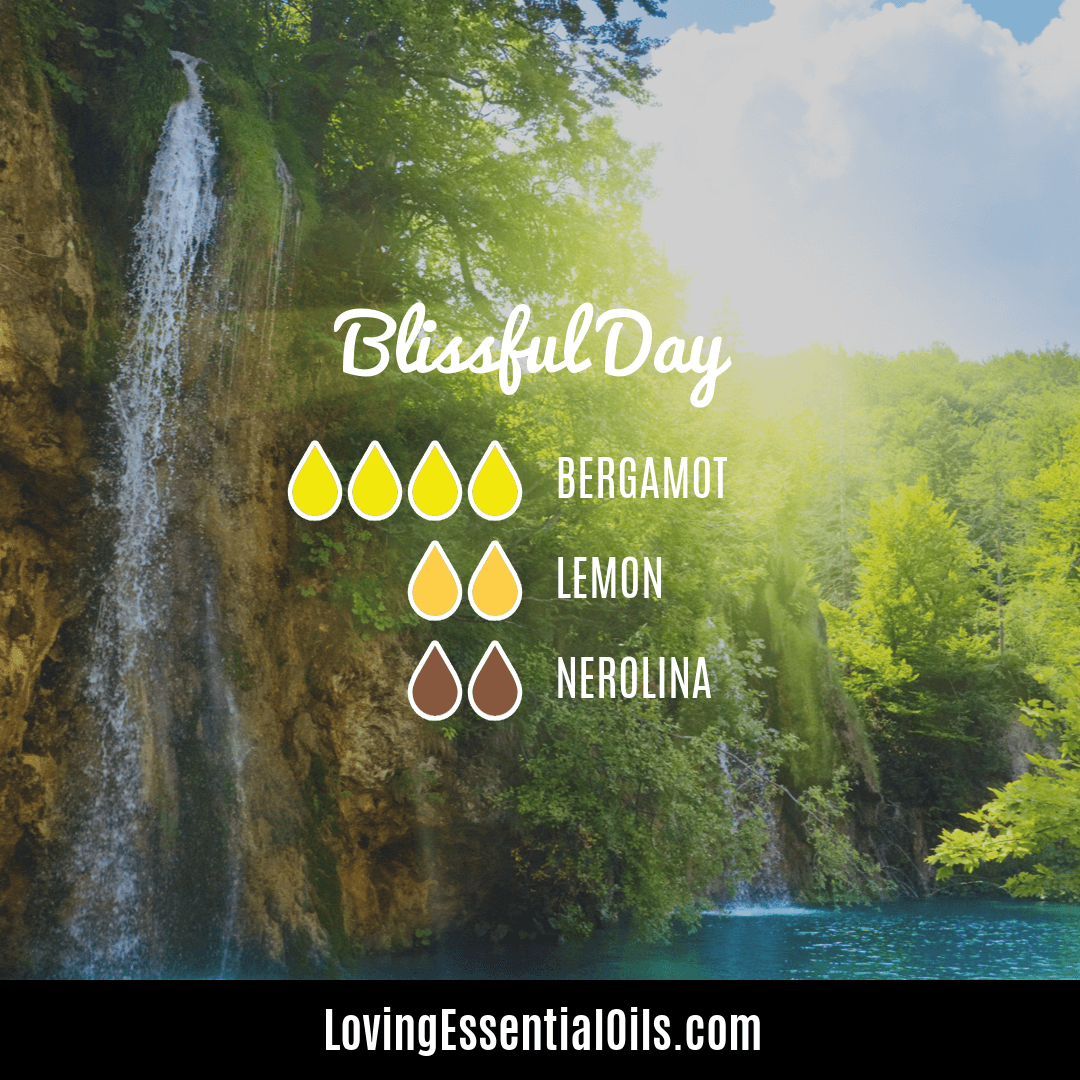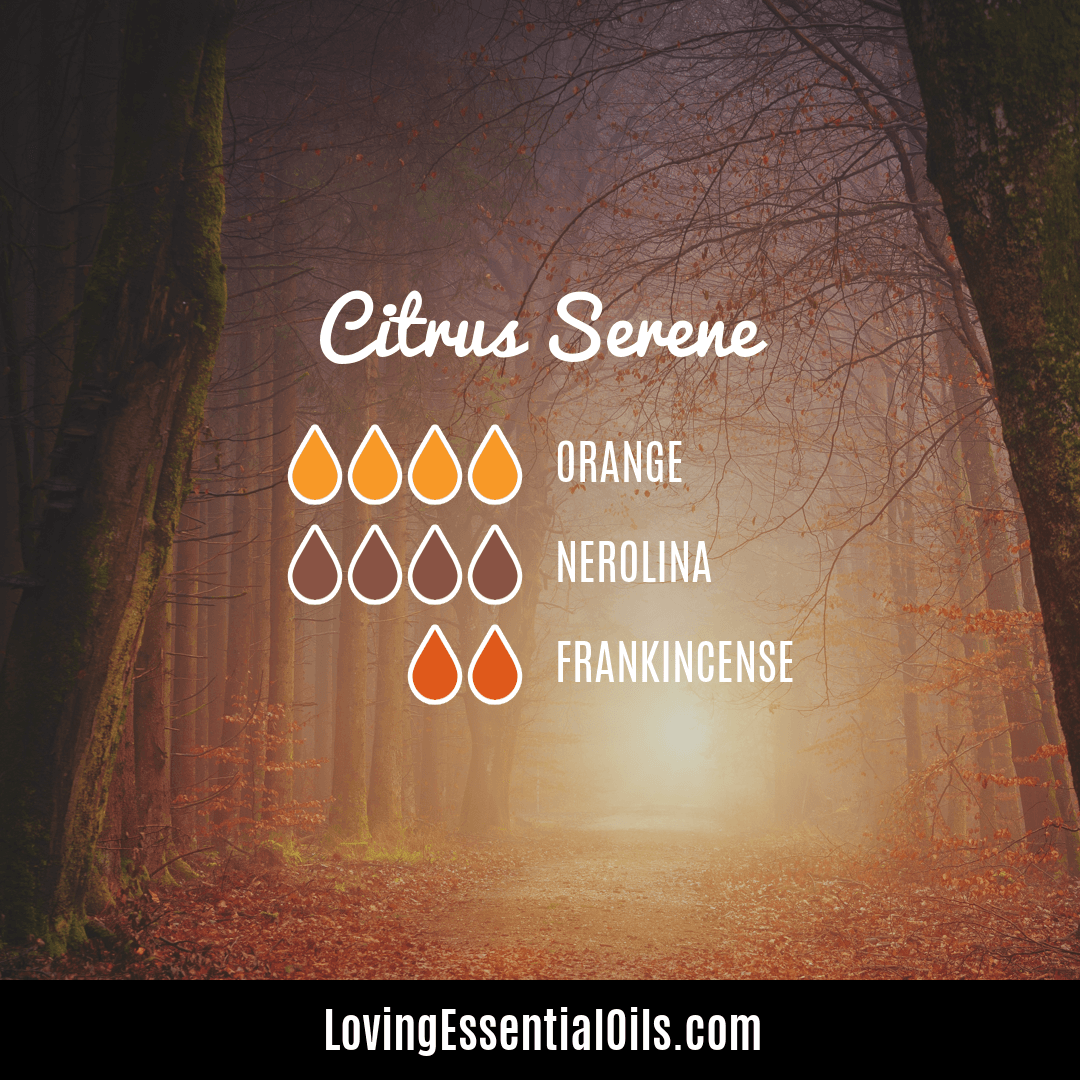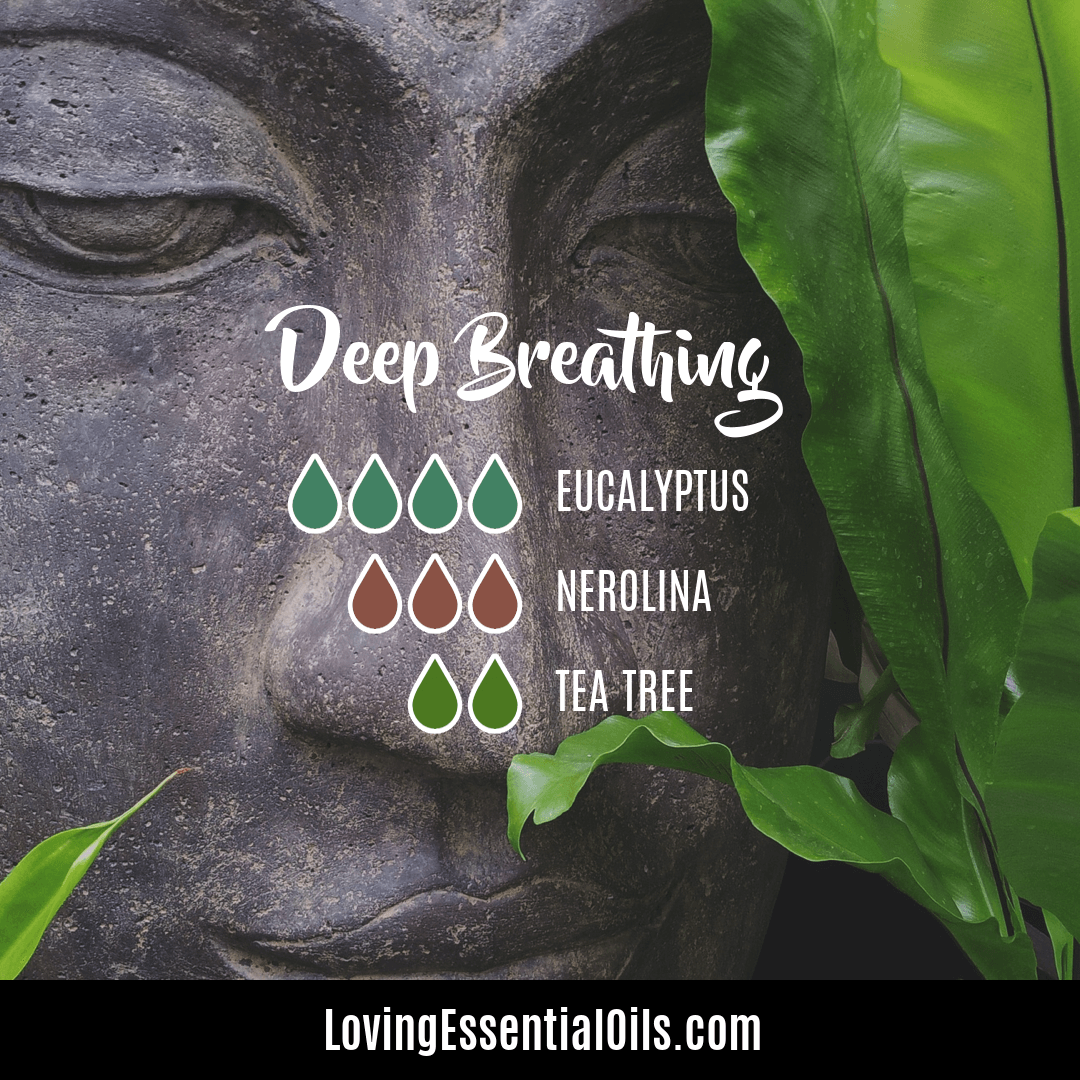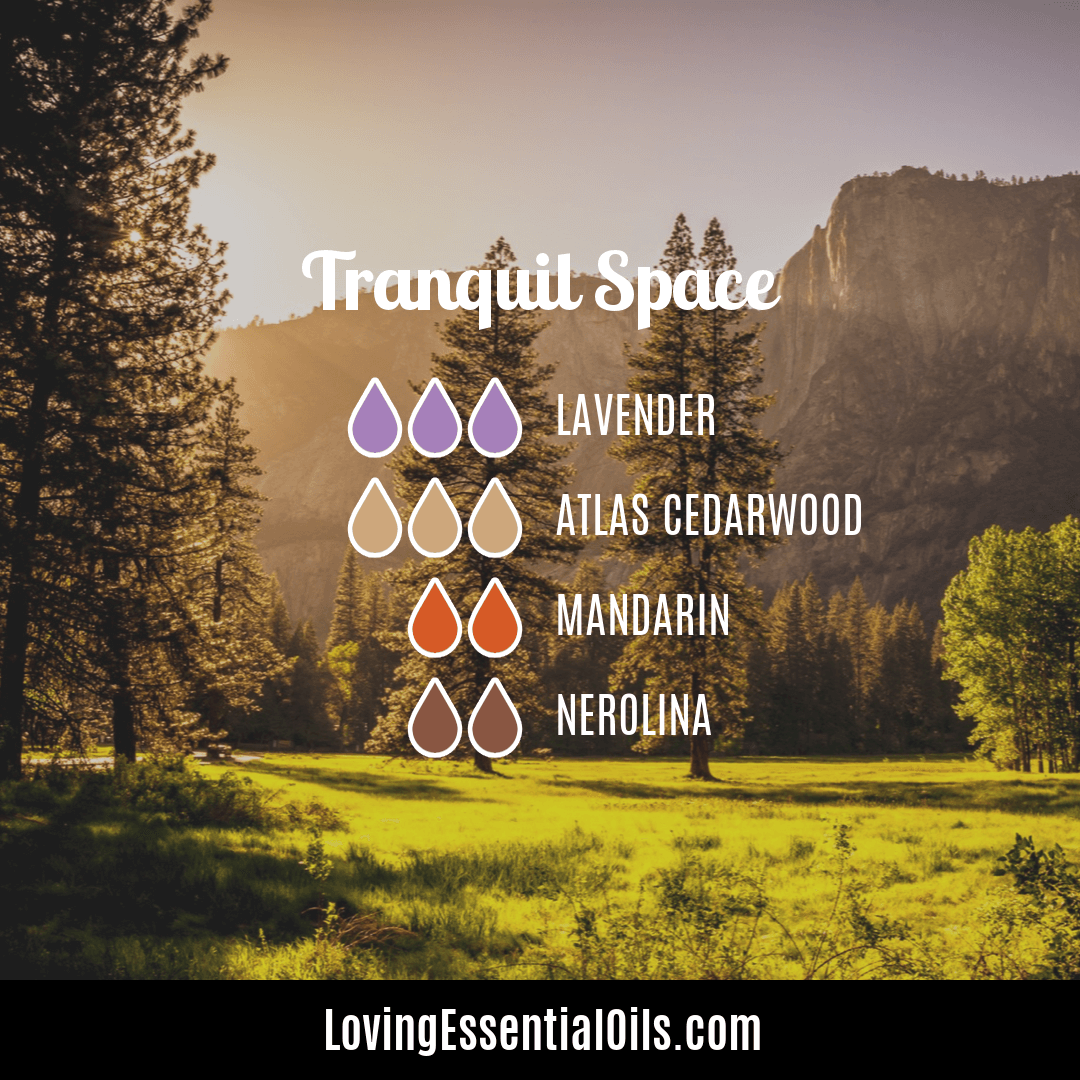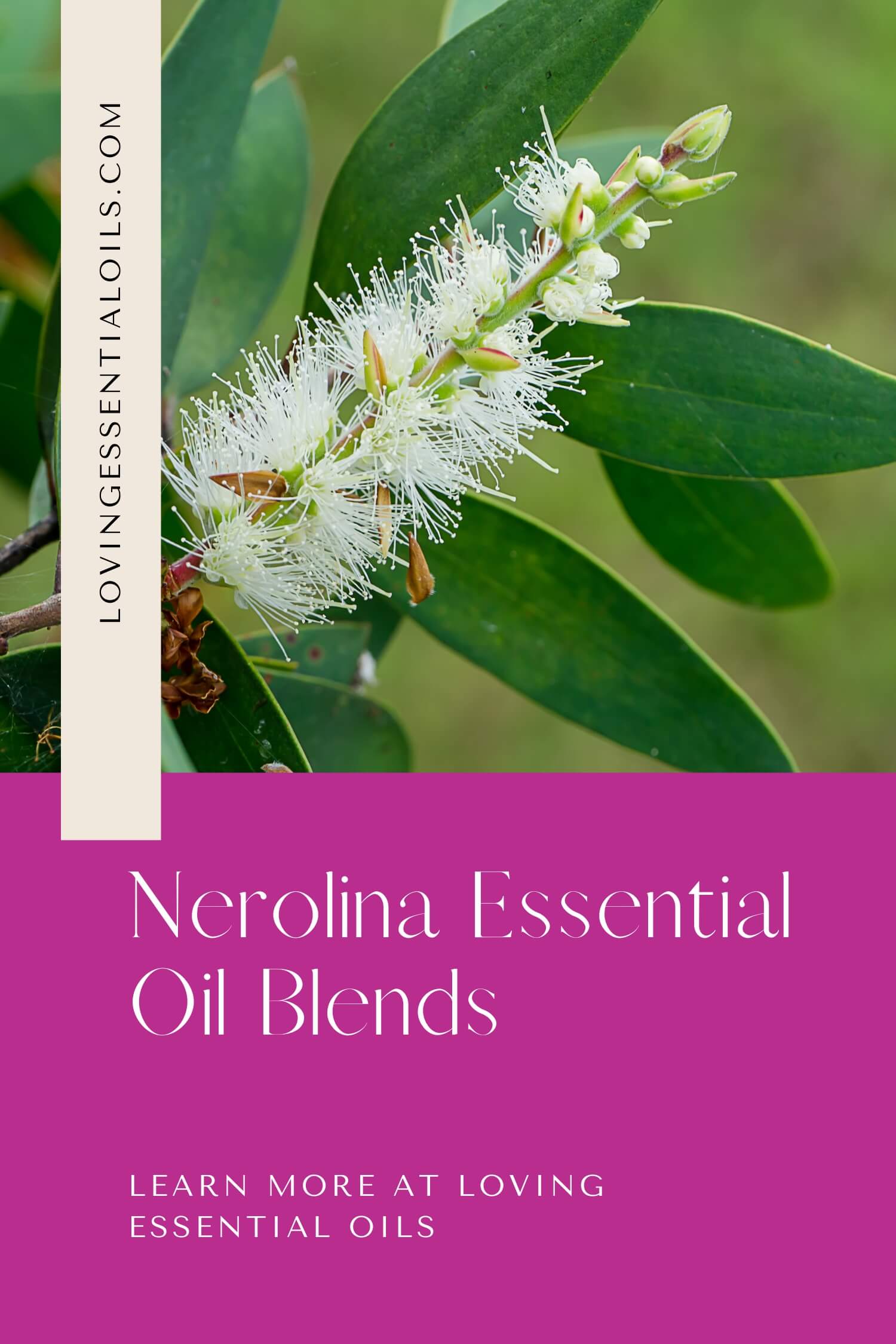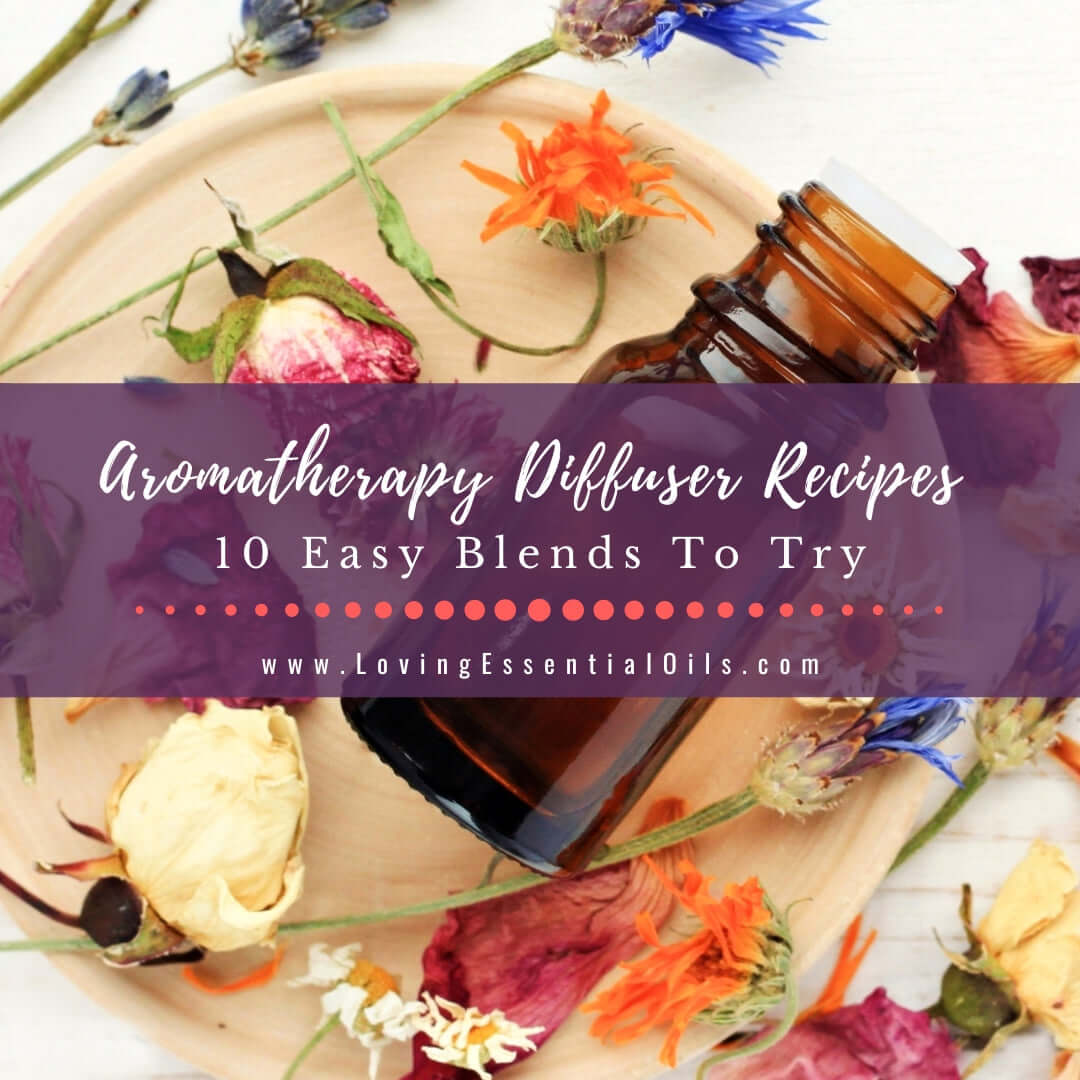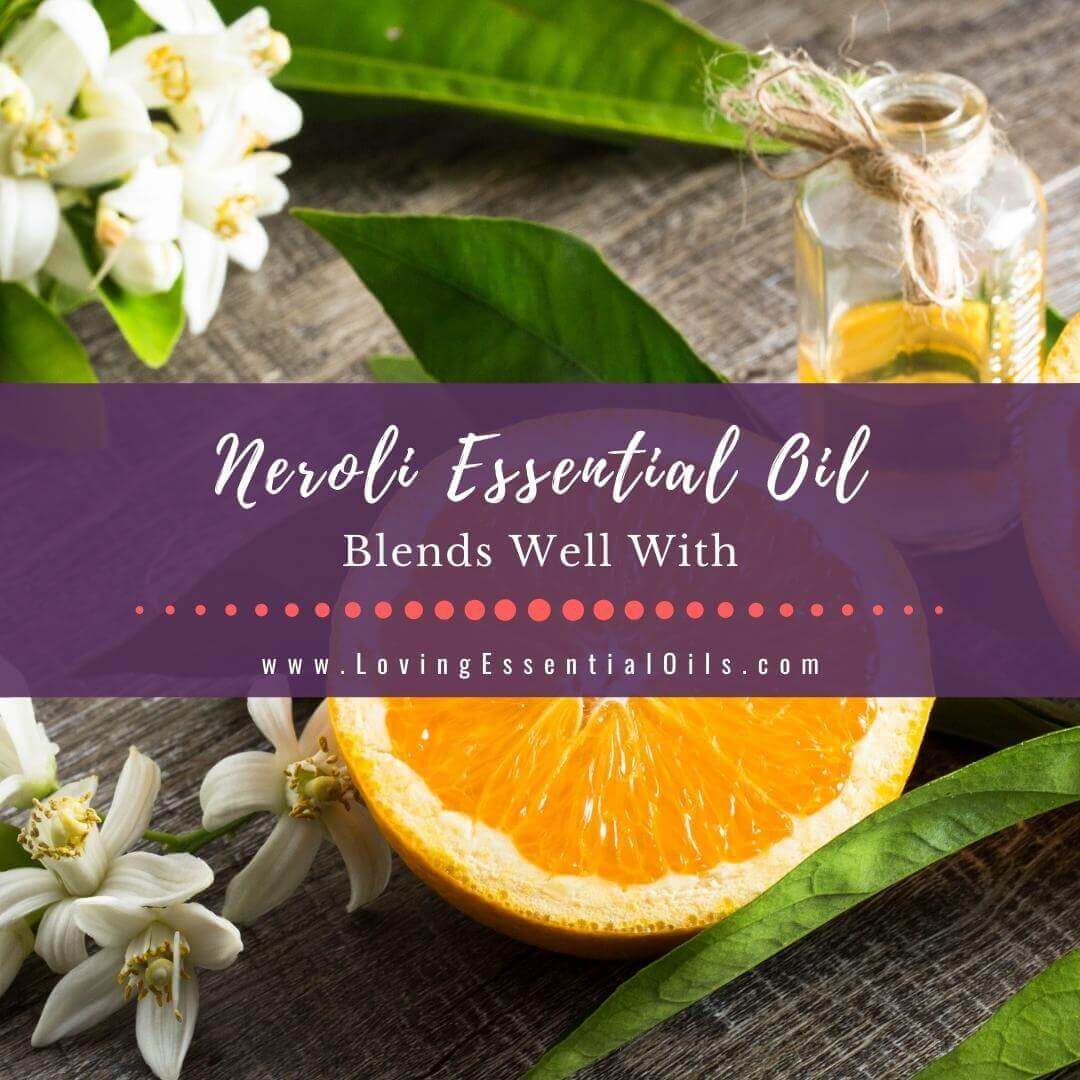Table of Contents
- What is Nerolina Essential Oil Good For?
- Nerolina Essential Oil Facts
- Nerolina vs Neroli Essential Oil - What's the Difference?
- Nerolina Essential Oil Benefits
- What Does Nerolina Smell Like?
- Nerolina Essential Oil Blends Well With
- Nerolina Essential Oil Mixes Well With These Oils
- Nerolina Diffuser Blends
- FAQs
With its versatile nature, nerolina essential oil blends well with various other oils such as tea tree and niaouli. Not only can nerolina add a pleasant note to your diffuser formulations, but it also offers numerous benefits for your wellness. Nerolina diffuser blends are also included.
While not a mainstream essential oil, nerolina can be used for emotional balance, skin care, respiratory support, and perfume blending. Its therapeutic properties make it a valuable addition to any aromatherapy collection.
What is Nerolina Essential Oil Good For?
Known for its soothing and calming effects, nerolina oil can help alleviate stress and anxiety, promoting relaxation and peace of mind. It can also be used to support respiratory health due to its potential to clear congestion and ease breathing.
Additionally, nerolina essential oil possesses antimicrobial properties, making it an excellent natural cleanser for skin to boost your skincare regimen. It can also be used in homemade cleaning blends for household surfaces and air freshening.
Nerolina Essential Oil Facts
Nerolina essential oil is derived from the beautiful Melaleuca quinquenervia plant. This precious natural extract boasts a unique fragrance profile, combining subtly sweet and floral notes with hints of earthy undertones.
Nerolina shares kinship with other esteemed essential oils from the Melaleuca genus, like tea tree and niaouli. Tea tree oil is renowned for its powerful antiseptic properties, and niaouli oil is celebrated for its soothing and rejuvenating qualities.
The sweet nuances of nerolina oil are not commonly found in the Melaleuca plant family. The sweetness is what really sets it apart, making it valuable for those looking for a tea tree or niaouli substitute for a product or formulation.
- Botanical Name: Melaleuca quinquenervia
- Family: Myrtaceae
- Chemotype: Linalool
- AKA: Niaouli Linalool, Broad-leaved Paperbark, Paper Bark Tea Tree
- Extraction Method: Steam Distilled
- Plant Part: Leaves and twigs
- Note: Middle
- Shelf Life: 2-3 Years
- Aromatic Profile: Herbaceous, sweet scent with floral and woody notes
- Color/Consistency: Pale yellow, medium
- Safety Precautions: Considered pregnancy and kid safe. If pregnant , nursing, or under a doctor's care, consult your physician before use. Keep out of reach of pets and kids.
Is Nerolina the same as Niaouli Essential Oil?
Nerolina is a variety of Niaouli essential oil, Linalool is its dominant chemical component. Essential oils can be categorized based on their main constituent or chemotype. Despite being derived from the same oil, each chemotype possesses a distinct chemical composition, resulting in unique aromas and varied therapeutic advantages.
In contrast to the other types of Melaleuca quinquenervia, Nerolina Oil has a significantly low concentration of 1,8-Cineole (Eucalyptol). Instead, it has high levels of Linalool and a unique compound called Nerolidol.
Nerolidol is a sesquiterpene alcohol that can also be found in smaller amounts in Neroli, Jasmine, and Lavender. It is responsible for the pleasant floral characteristics apparent in Nerolina's scent.
Nerolina vs Neroli Essential Oil - What's the Difference?
Nerolina and neroli essential oils may seem similar due to their names, but they originate from distinct plants and possess unique characteristics. Here is some information to see how these products differ:
- Nerolina oil is derived from the Melaleuca quinquenervia plant, primarily found in Australia. It boasts a refreshing, citrus-like aroma with subtle herbaceous undertones, making it a popular choice for aromatherapy.
- Neroli oil is extracted from the delicate blossoms of the bitter orange tree, Citrus aurantium. Its scent exudes floral notes with hints of sweetness, evoking a sense of tranquility and promoting relaxation.
Benefits and Uses
When it comes to nerolina and neroli oils, there are notable differences in their potential uses and benefits as well.
- Nerolina, with its fresh, herbaceous, sweet scent, is commonly sought after for its calming properties, which promote relaxation and reduce feelings of stress and anxiety.
- Neroli essential oil's floral aroma is cherished for its ability to uplift mood and enhance emotional well-being. This exquisite oil is often incorporated into skincare routines to address aging skin and promote a healthy complexion.
Though both oils offer captivating fragrances, their plant origins and aromatic profiles set them apart, allowing enthusiasts to explore their distinctive benefits.
Mindful Melaleucas Nerolina Inhaler Blend
- 3 drops Tea Tree
- 3 drops Rosalina
- 3 drops Cajeput
- 3 drops Nerolina
- 2 drops Niaouli
- Aromatherapy Inhaler
Directions: Add essential oils to the cotton wick and insert it into the inhaler. Read more about using aromatherapy inhalers.
Nerolina Essential Oil Benefits
Nerolina essential oil is versatile and offers various benefits. Let's explore how this oil can enhance your well-being.
Antimicrobial properties for natural cleaning solutions
Nerolina essential oil possesses powerful antimicrobial properties, making it an excellent choice for creating natural cleaning solutions. You can add a few drops of nerolina oil to homemade cleaners or mix it with water and vinegar to create an effective disinfectant spray.
Promote relaxation and reduce stress levels
The soothing aroma of nerolina essential oil makes it popular for promoting relaxation and reducing stress levels. You can diffuse nerolina oil in your living space or add a few drops to a warm bath to create a calming atmosphere.
Its gentle scent has a calming effect on the mind, helping you unwind after a long day.
Expectorant properties for respiratory support
If you're looking for respiratory support, nerolina essential oil can be beneficial due to its expectorant properties. When diffused or applied topically (diluted with a carrier oil), it may help alleviate congestion and promote clear breathing.
Incorporating nerolina into your self-care practices during cold and flu seasons can relieve respiratory discomfort.
Incorporate into skincare to help soothe irritated skin
Nerolina essential oil has soothing properties that make it valuable for using on the skin, especially those with sensitive or irritated skin. It can be added to facial cleansers, toners, or moisturizers to help calm redness and inflammation. Dilute it properly before applying topically.
By harnessing the antimicrobial properties of nerolina for natural cleaning, utilizing it for relaxation and stress reduction, benefiting from its expectorant properties for respiratory support, and adding it into skincare routines to soothe irritated skin, you can make the most of this versatile oil.
What Does Nerolina Smell Like?
Nerolina essential oil is known for its distinct and enchanting aroma. Delight your senses with the fresh, herbaceous aroma of nerolina essential oil with gentle floral undertones, combined with hints of woodiness.
When you inhale its fragrance, get ready to be transported to a world of freshness and tranquility. The aroma of nerolina oil is reminiscent of a lush garden filled with fragrant herbs. It has a crisp and clean scent that invigorates the senses.
Whether you're looking to create your own signature perfume blend, or simply want to enjoy the therapeutic benefits, nerolina essential oil is an excellent choice for its captivating aroma. It's truly a unique olfactory experience!
Nerolina Essential Oil Blends Well With
What Does Nerolina Blend Well With? Nerolina essential oil blends well with floral and resin essential oils, along with various other oils to create unique and delightful aromas.
- Myrrh
- Lavender
- Geranium
- Peppermint
- Bergamot
- Lemon
- Eucalyptus
- Ylang Ylang
- Chamomile
- Clary Sage
- Frankincense
- Myrtle
- Sandalwood
- Pine
- Tea Tree
Nerolina Essential Oil Mixes Well With These Oils
Mix and match different essential oils with nerolina to discover your favorite aromatic blends that suit your mood and needs. Here are some fantastic nerolina essential oil combinations that you can experiment with:
Lavender Essential Oil
Combine nerolina with lavender essential oil for a calming and sleep-inducing blend. The soothing properties of both oils work together to promote relaxation, reduce stress, and improve the quality of your sleep.
Peppermint or Eucalyptus Essential Oils
If you're looking for an invigorating blend, pair nerolina with peppermint or eucalyptus essential oils. This combination will awaken your senses, boost energy levels, and provide a refreshing aroma that can help clear your mind.
Geranium or Ylang Ylang Essential Oils
To enhance emotional balance, consider blending geranium or ylang ylang with nerolina essential oil. These floral scents complement each other beautifully and can promote feelings of harmony, tranquility, and uplifted mood.
Citrus Oils like Bergamot or Lemon
Experiment with citrus oils like bergamot or lemon for a refreshing twist to your blends. Adding these zesty aromas to nerolina creates a vibrant combination that uplifts your spirits and brings a sense of cheerfulness.
Remember, when blending essential oils, you should start with small quantities and test the scent before making larger batches. This allows you to modify the ratios based on your personal preference.
Nerolina Diffuser Blends
Add one of the nerolina essential oil blend recipes below to an aromatherapy diffuser with the recommended water for your machine. I like to use a 100 to 200 ml water tank diffuser but you can use whatever size you prefer. Adjust the drops if you desire.
1. Delightful
- 4 drops Lavender
- 3 drops Nerolina
- 2 drops Neroli
2. Blissful Day
- 4 drops of Bergamot oil
- 2 drops of Lemon oil
- 2 drops of Nerolina oil
3. Citrus Serene
- 4 drops Orange
- 4 drops Nerolina
- 2 drops Frankincense
4. Deep Breathing
- 4 drops Eucalyptus
- 3 drops Nerolina
- 2 drops Tea Tree
5. Tranquil Space
- 3 drops of cedarwood essential oil
- 3 drops of lavender essential oil
- 2 drops of nerolina essential oil
- 1 drop of mandarin essential oil
FAQs
Can I use nerolina essential oil directly on my skin?
While nerolina essential oil is generally safe for topical use, it is recommended to dilute it with a carrier oil before applying it to your skin. This helps prevent any potential skin irritation or sensitivity reactions. A common dilution ratio is 2-3 drops of nerolina essential oil per teaspoon of carrier oil.
Can I ingest nerolina essential oil?
No, we do not recommend ingesting nerolina essential oil. Essential oils are highly concentrated and can be toxic if ingested in large amounts. Essential oils should only be used for their aromatic or topical benefits, follow proper dilution instructions when applying to the skin.
How should I store nerolina essential oil?
It is important to store your nerolina essential oil properly to maintain its quality and potency. Keep the bottle tightly sealed and store it in a cool, dark place away from direct sunlight or heat sources. Following these storage instructions, you can retain its delightful scent and lengthen its lifespan.
Can I blend nerolina with other types of oils besides essential oils?
Absolutely! Nerolina can be blended with carrier oils such as jojoba, sweet almond, coconut, or grapeseed to create nourishing body blends or massage oils. These combinations provide an additional moisturizing effect while allowing you to enjoy the unique scent of nerolina throughout the day.
Is nerolina essential oil suitable for children?
Nerolina essential oil is generally considered safe for children when used appropriately and under adult supervision. When using essential oils on children, it is advised to use a lower dilution ratio (1-2 drops per teaspoon of carrier oil) than what you would use for adults. Always do a skin patch test before applying the oil to your child's skin.
Is nerolina safe to use during pregnancy?
It is always best to consult your healthcare provider before using essential oils during pregnancy or while breastfeeding. While nerolina is considered safe for most people when used in moderation, individual circumstances may vary. Your healthcare provider can provide personalized guidance based on your specific situation.

